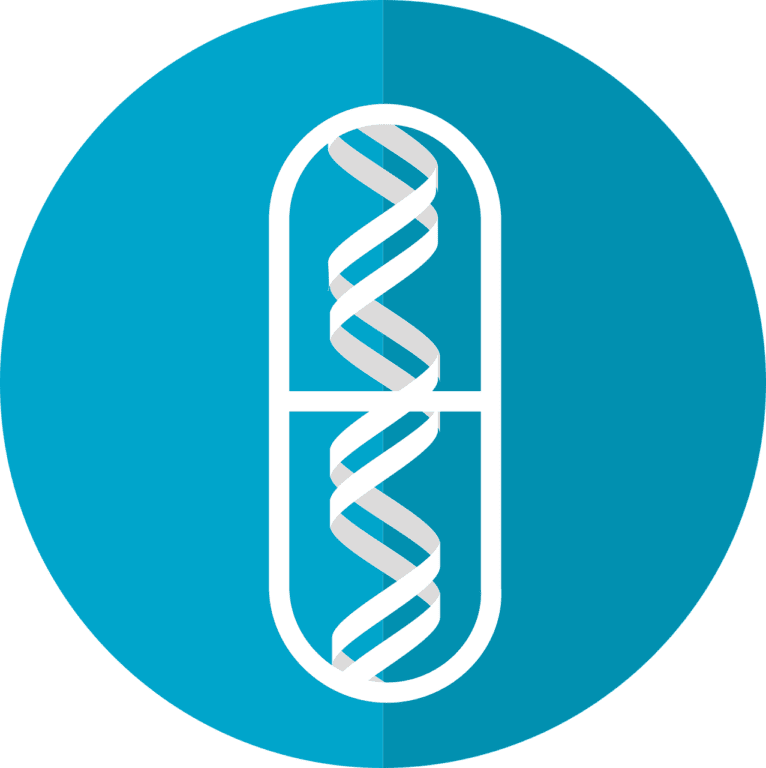A recent announcement in Biospace by Capsida Biotherapeutics and CRISPR Therapeutics of their newly-formed partnership offers renewed hope for amyotrophic lateral sclerosis (ALS) and Friedreich’s Ataxia patients. The companies believe that they now have the ability to accomplish a goal that has been unattainable for over forty years.
The key may be found in viral vectors. Vectors are tools used by molecular biologists that can transport genetic material to cells. The companies have agreed to focus on developing, manufacturing, and marketing gene-edited therapies in vivo (delivered directly to the patient). The platform will be specifically designed for Friedreich’s ataxia (FA) and ALS.
About Gene Editing
Gene editing allows scientists to add, remove, or alter an organism’s DNA at certain locations in the genome, which is defined as all the inheritable traits of an organism.
About Friedreich’s Ataxia (FRDA)
FRDA is a recessive genetic disorder meaning that a person inherits a copy of the mutant gene from both their parents. FA is caused by a defective FXN gene.
Symptoms include, but are not limited to, vision loss, problems walking, heart palpitations, fatigue, slurred speech, loss of hearing and reflexes, shortness of breath, and chest pain.
About ALS
Amyotrophic lateral sclerosis (ALS) is generally defined as a neurodegenerative disease that affects the lower and upper motor neurons. Paralysis follows. The disease causes respiratory failure and death within two to three years. The onset of the disease is usually between fifty-five and seventy years, primarily affecting males.
Human Genetics
A genome is defined as an organism’s entire set of genetic instructions with all the information that is needed to construct that organism.
Scientists are now able to perform human genetics, which is a study of inheritance characteristics, on thousands of people. The data can supply genetic information from a DNA segment that identifies the genes that may be causing a particular disease.
DNA therapies have the potential to alter damaged genes to lessen symptoms or even cure a disease. The challenge thus far has been the delivery systems, i.e. finding safe tools that can deliver genetic material into the cells. Scientists have been able to identify genes associated with diseases but so far have not been able to safely deliver nucleic acid loads into the cells.
Nanoparticles and other artificial delivery systems have been somewhat successful. However, they have also been found to have some disruptive safety signals.
The adeno-associated virus was originally discovered in its contaminant stage but has since become a sought-after gene therapy vehicle.
About Viral Vectors
Viral vectors such as adeno-associated virus (AAV) are designed and commonly used for specific therapeutic applications. AAV has been used safely for various diseases and found to be effective. Whereas adenoviruses are actually common viruses that cause such illnesses as sore throat, bronchitis, and pneumonia.
AAV begins its journey as AV, a natural virus. Then it is transformed into a vector coded for delivery and used in gene therapy. Since DNA and other elements have been replaced with new DNA, it is no longer considered a virus.
About Capsida
Capsida’s cargo development platform takes aim at targets that are currently inaccessible. Capsid has been selected as a delivery vehicle due to its ability to de-target non-relevant tissues. This will provide enhanced safety profiles.
Looking forward
For the moment, ALS and FRDA have no effective treatment options. Both Capsida and Biogen are packed up and ready to go. Capsida has its own manufacturing facility. CRISPR and Capsida are in a position to develop new approaches to these diseases and successful therapy.
There has been a resurgence in gene therapy efforts that is partly fueled by the identification and understanding of new gene delivery vectors. Adeno-associated virus (AAV) is a non-enveloped virus that can be engineered to deliver DNA to target cells and has attracted a significant amount of attention in the field, especially in clinical-stage experimental therapeutic strategies.
The ability to generate recombinant AAV particles lacking any viral genes and containing DNA sequences of interest for various therapeutic applications has thus far proven to be one of the safest strategies for gene therapies. This review will provide an overview of some important factors to consider in the use of AAV as a vector for gene therapy.








